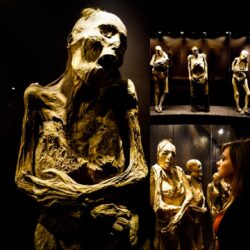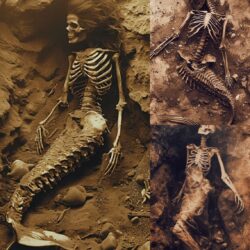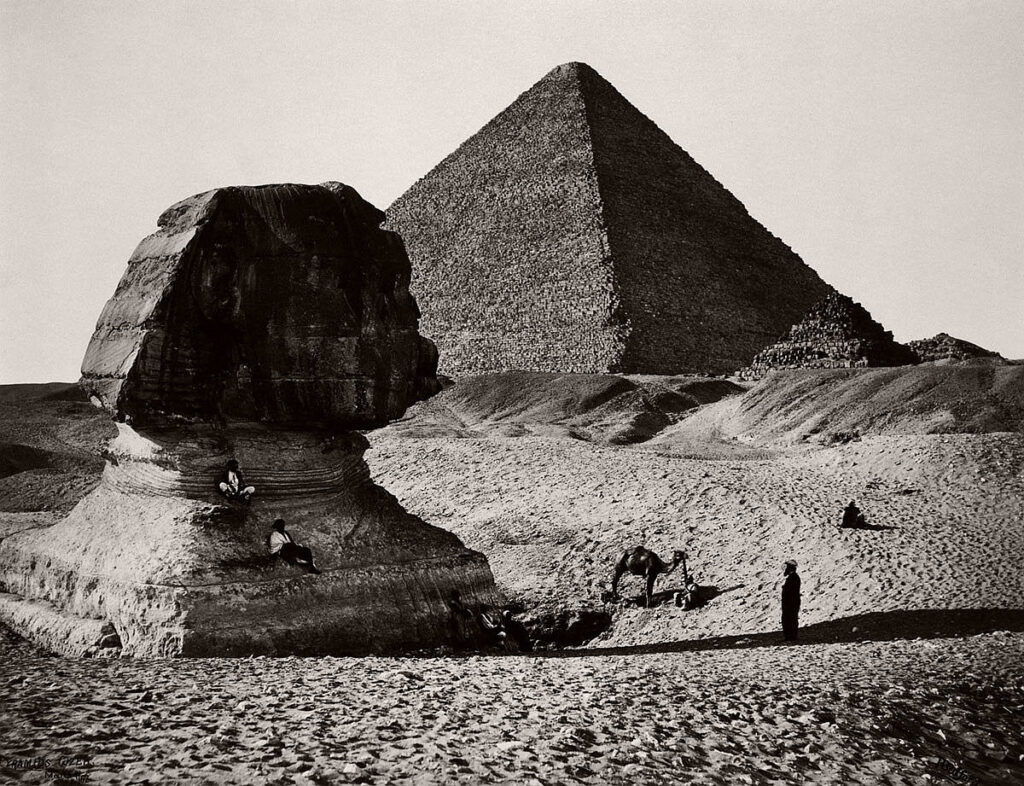
In old photographs and engravings, the outlines of a possible southern entrance to the pyramid are clearly visible. Since the base of the pyramid at that time was under the sands, in the photographs of the 19th century, the southern entrance is at ground level. And the photographers captured it.
Below you can see a small selection of old photographs of the south side of the Great Pyramid from the late 19th and early 20th centuries. There is no publicly available information about a possible southern entrance to the pyramid, at least in official sources, although there are clues.


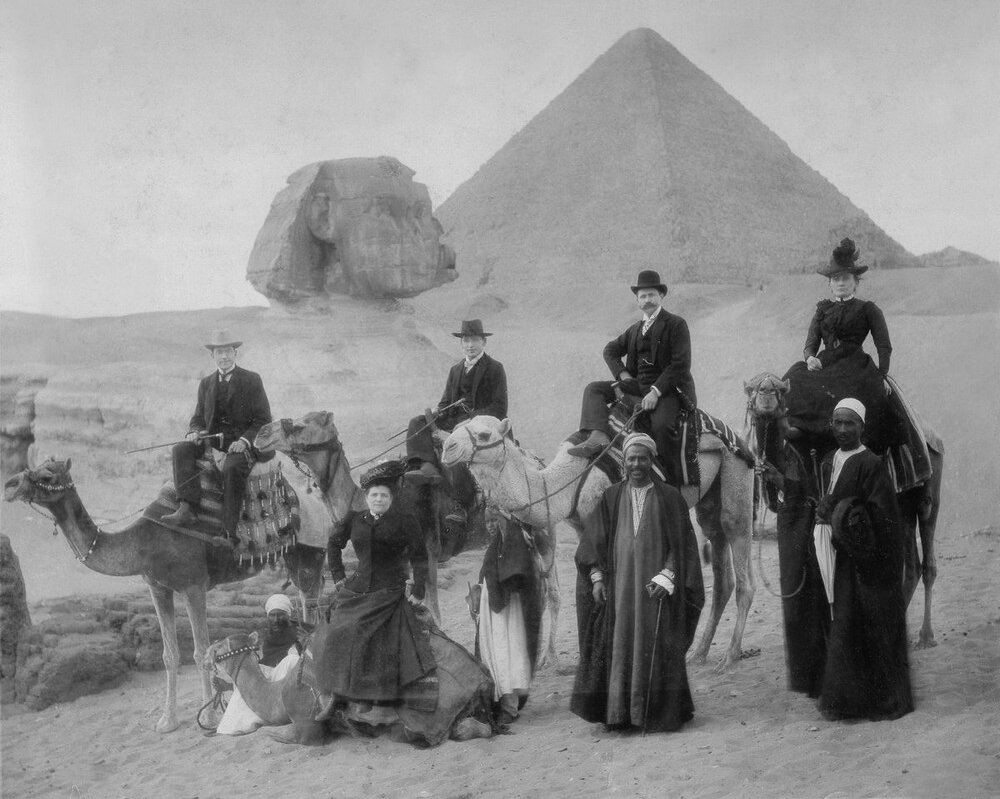
Petrie and J. Kinnaman
In the book “Land of Osiris” by the American Egyptologist Steven Moeller, who worked in Egypt in the 90s of the 20th century, it is said that Flinders Petrie, together with the Freemason Dr. J. O. Kinnaman, found the southern entrance to the pyramid, which led to hidden rooms where ancient records of a past civilization and the “anti-gravity machines” that were used in the construction of the pyramid, as well as records that the pyramid was built over 36,000 years ago. Kinnaman spoke of this in a lecture to a small audience of Freemasons in northern California, later recorded on cassette, at the end of his life in 1955.
Who is Dr. J. Kinnaman? He was a 32-degree Freemason, also a renowned biblical archaeologist, who received his doctorate in archeology from the University of Rome in 1907. In 1922, he participated in excavations with Howard Carter. Later he became involved in the archeology of the Middle East. He was a member of the board and vice-president of the Victorian Institute in the UK, vice-president of the Society for the Study of Apocryphal Books, a member of the World Society of Archaeologists, and editor of five different archaeological journals.
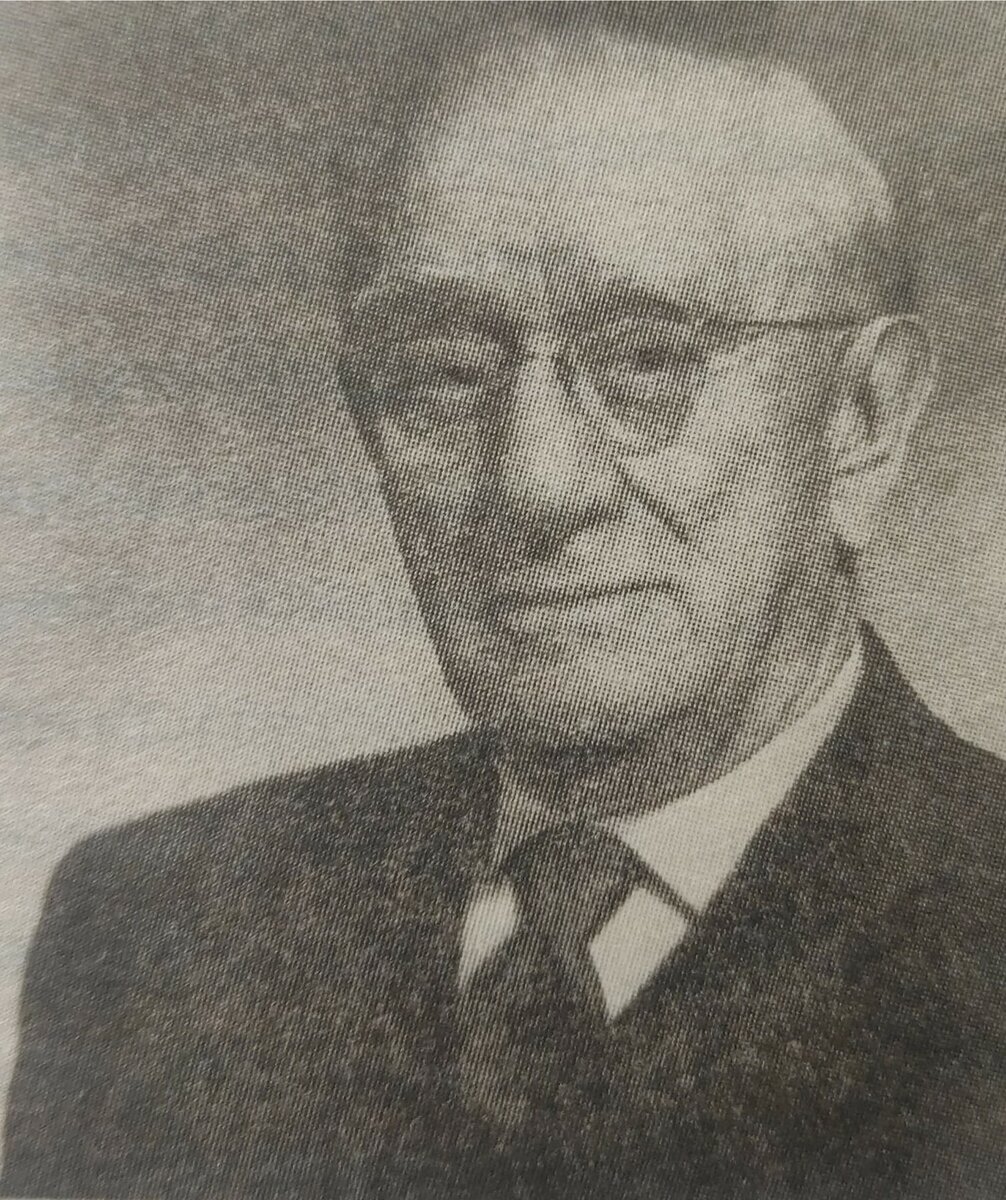
Who is Flinders Petrie, there is no need to explain. However, their friendship is not mentioned anywhere, and it is likely that Petrie was also a Freemason and kept his friendship with Kinnaman a secret. To keep secret one’s belonging to a mystical society is a condition of the secret society itself and a normal practice for the initiate.
Furthermore, it is clear from Masonic sources that all Masonic rituals were borrowed from ancient Egyptian initiation practices. And Flinders Petrie was privy to the secrets of Egypt like no one else, and if he and Kinnaman found something, they kept it a secret. Steven Moeller explored Petrie’s connection to Kinnaman and information about their finds in more detail:
Kinnaman claimed that there was no written evidence of their finds in the Great Pyramid because he and Petrie swore to the governments of Egypt and Great Britain until their death not to reveal the details of what they managed to find. (At least Petri kept his word). Kinnaman went on to state that at the time of their discoveries, it was decided that society was not yet ready to learn about the possibilities of overcoming gravity and the discoveries they made in the Great Pyramid.
Although there is no direct evidence of Petri’s friendship with Kinnaman, either in biographies or in letters, there is circumstantial evidence. Thus, Stephen Meller writes that they were both members of the British Foundation for the Study of Palestine, the Victorian Institute of Great Britain, and two of Petri’s colleagues regularly contributed articles to the American Antiquarian and Oriental Journal, where Kinnaman was editor-in-chief.
Petri said that he returned to Giza only once, in 1922. Probably then he and Kinnaman made these discoveries on the south side of the Great Pyramid.
As for the southern entrance to the pyramid, this by itself implies a similar narrow tunnel, as on the north side, leading to some unknown room. And probably somewhere under the king’s chamber, there must be another chamber. Maybe we are wrong, and there is no entrance there, and the blocks were simply pulled apart for the construction of Cairo.
However, this recess looks strange, and access to the south side of the pyramid is currently closed. And this raises questions. There may be two options. Either there is no entrance, or there is, but it is hidden, and the Egyptian authorities are aware of this, and they mask any evidence of this. For example, building up the southern entrance with similar blocks as part of the restoration.
What do Egyptologists hide?
There is a suspicion that Zaki Hawass and Mark Lehner deliberately create an informational “scientific” background around the pyramids, drowning out alternative theories. As if someone ordered them to create and distribute a convenient version that hides the deeper antiquity of Egypt and possibly traces of an ancient highly developed civilization.
After all, Mark Lehner first moved in an alternative direction, was a supporter of the version of an ancient highly developed civilization. Here is what Mark Lehner wrote in 1974 about the Great Pyramid:
“Hermes, a mysterious figure in the writings of Edgar Cayce, becomes the supreme architect of the Great Pyramid. The pyramid served as a monumental repository of knowledge and prophecy, and also served as a Temple of Initiation for the White Brotherhood”
These are lines from his book “Egyptian Legacy: Based on the Readings of Edgar Cayce”, written for the “Association for Research and Enlightenment”, created by Edgar Cayce in 1931. Mark Lehner became a member back in 1972. It was with this organization that Lehner first visited Egypt in search of the Hall of Records, and this organization paid for his studies at the American University in Cairo.
But then Mark Lehner suddenly began to promote the official story, enlisting the support of Zaki Hawass and received a complete monopoly on the study of the pyramids in Egypt, without any restrictions. He can dig where he wants and he will immediately be given permission. He comments on any finds in Egypt and is considered the only person who knows more about the Giza plateau than anyone else. No foreign researcher has such a monopoly on research.
Of course, it can be said that Lehner, having studied Giza, became disillusioned with the alternative history, realized that there were no Atlanteans and hidden rooms, and the pyramid was built by simple slaves. Therefore, he began to look for quarries and dwellings of ancient workers, and to explain the construction of the pyramid by primitive manual labor. And he began to actively promote the version of the pyramid as a tomb for the pharaohs.
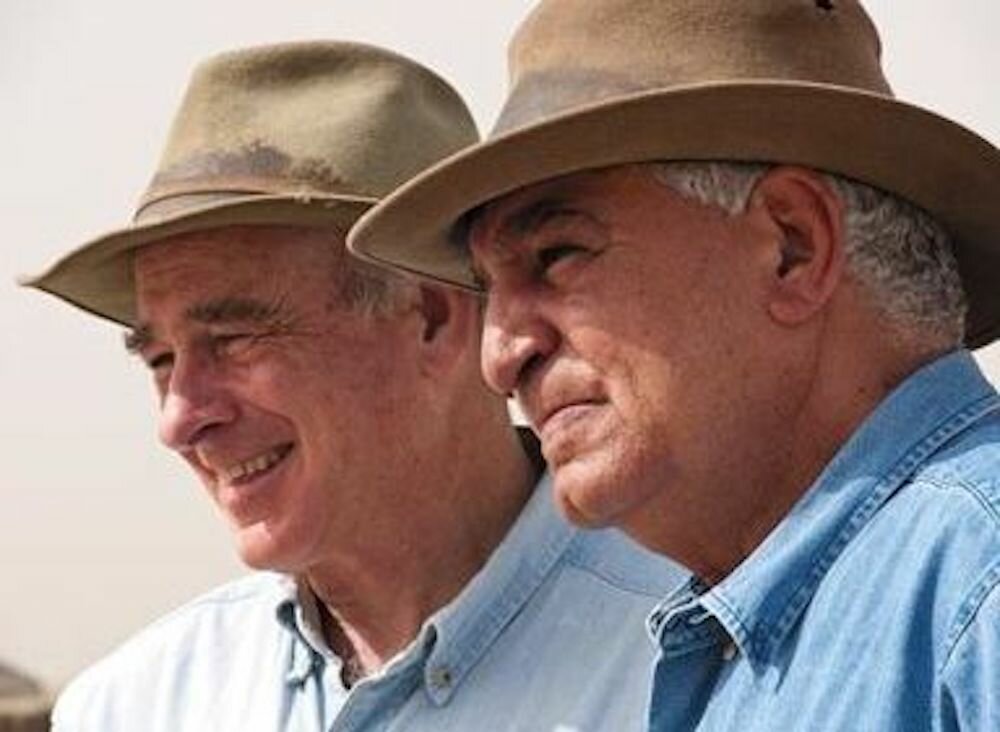
But another outcome is also possible. As soon as Mark Lehner learned something, he began to act in the opposite direction, actively supporting the official versions, and working to suppress the alternative ones.
For example, he actively refuted Robert Schoch’s theory of rain erosion of the Sphinx, arguing that this is modern erosion. In the 90s, Robert Schoch proved that the furrows on the body of the Sphinx and on the trenches around it are rain erosion. Such heavy rains capable of leaving such traces of erosion were not in Egypt according to the official chronology of 8000 years.
It would seem that for the organization of Casey and Mark Lehner, this should be a strong argument in favor of an ancient highly developed civilization. After all, Lehner once came to Egypt for this purpose.
However, immediately after the publication of this fact, the Ministry of Antiquities organized an urgent restoration of the Sphinx in order to hide these traces. As a result of the restoration, all traces of erosion on the body of the Sphinx disappeared. It would seem that if this is modern erosion, according to Mark Lehner, why would you immediately hide it? It turns out that they are cleaning up the traces of the ancient times of the Sphinx.
Simultaneously with the restoration, the inventory stele was removed from the Egyptian National Museum, indicating that Cheops had found and restored the Sphinx. That is, for some reason they hide the more ancient age of the Egyptian civilization, or another unknown highly developed civilization that existed before the Egyptian one. So Mark Lehner knows something for certain that cannot be officially disclosed.
In addition, Egyptologists for some reason “rejuvenated” the dating of Manetho and Petri, probably hiding the older age of the pyramids, for at least 6000 years as well as the fact that the pyramids were built in the predynastic period.
They also hid for 20 years what was found in the northern mine of the Queen in the Great Pyramid in 2002, until photos from there were leaked to the network in July 2021. And this is a concrete fact of deliberate concealment of information. Why did they hide?
Moreover, in Egypt it is very strict with visiting forbidden places. Ordinary tourists cannot get there without special permission, which costs a lot of money, not to mention doing research. For example, in the forbidden city of Zawiet el-Erian, between Giza and Abusir, not only visits, but also research are prohibited. There is no official reason.
What are the Egyptian authorities hiding? That is, these are not pop places with trodden paths for tourists. These are really forbidden places where no one has access, which raises questions.
So, if the Great Pyramid has a southern entrance leading to hidden rooms, then it is carefully herded. And if not, then this is all fiction. In any case, it needs further investigation.




